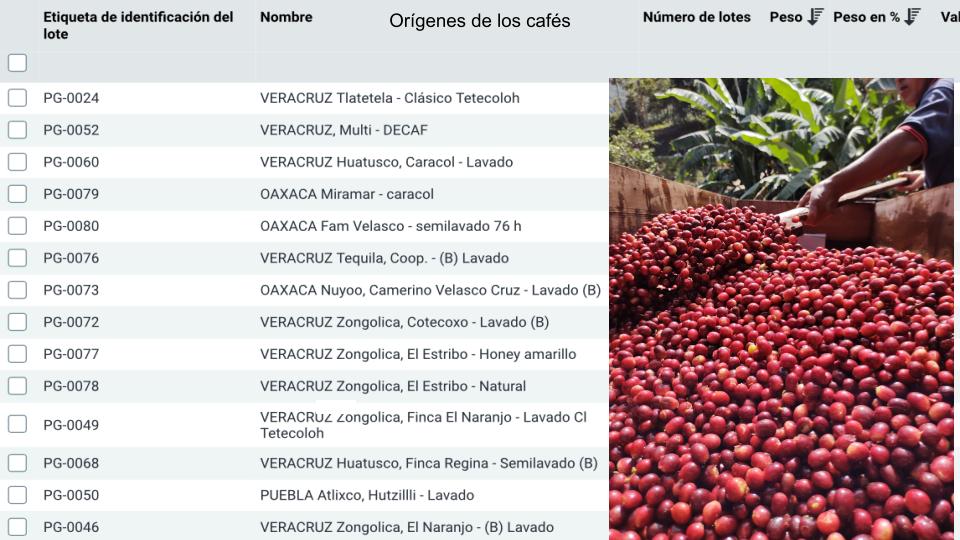
Roberto has been part of the coffee chain and roasting for 7 years. Roasting with Cropster has been special to Roberto because of the ability to trace his coffees from seed to cup and be more efficient with workflows at the Tetecoloh roastery. Also, Roberto has the responsibility to be in direct contact with the coffee growers to ensure high-quality coffee and maintain a strong relationship. Cropster products can be used for green coffee physical analysis, tasting, and other areas for quality control. Roberto records all of his green coffee data at Cropster Roast, from moisture levels to cupping scores.
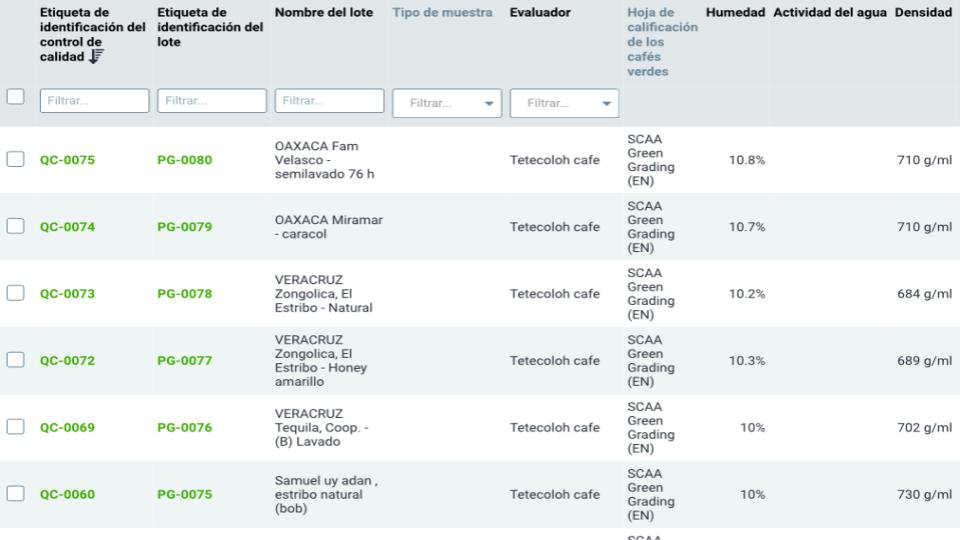
Roberto’s 3 coffees used are a natural, a honey, and a washed. Throughout these 3 roasts, he used a charge temperature close to 190 ° C and a drying phase of just over a minute. The 3 curve outcomes were similar when they started but had slightly different curvatures in the development areas and ROR consistency.
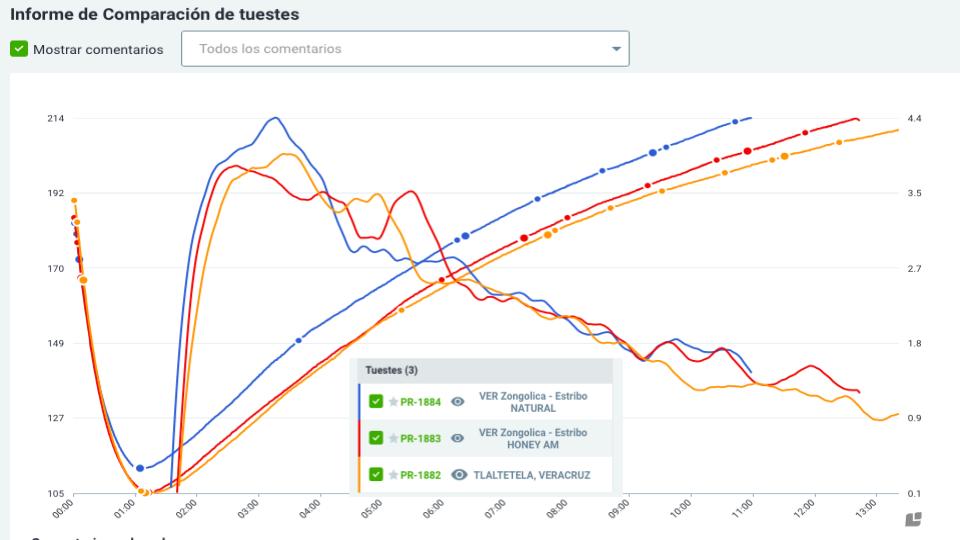
The modulation graphs Roberto discussed showed how each coffee reacted. The 3 coffees spent approximately 57% of the time in drying, 27.5% in maillard and 14% in development. With the modulation graph, Roberto can understand how the coffees reacted with the initial charge temperature. But it isn’t until the cupping that he can understand how the roast truly affected the profile of the cup.
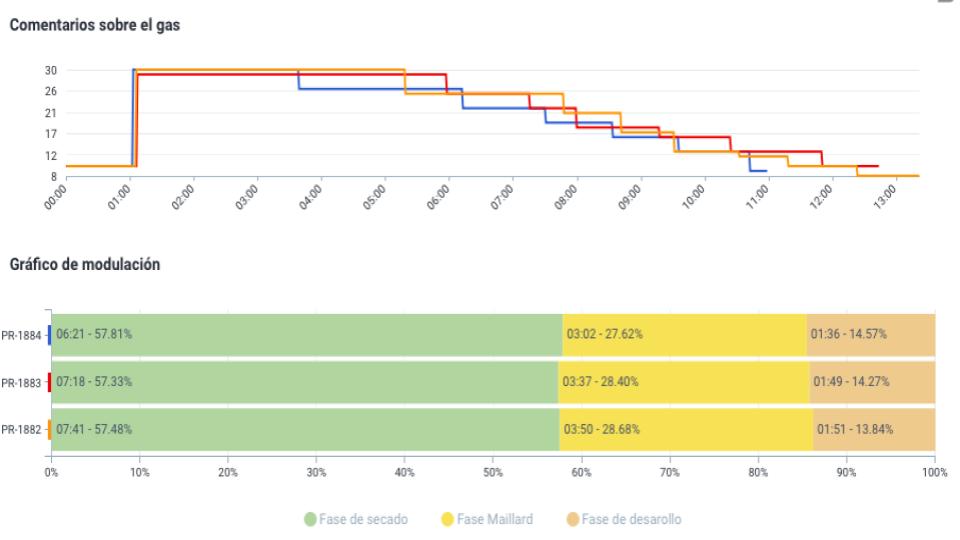
When Roberto finishes roasting, he creates a cupping session in Cropster to do his quality control. With his roast information and physical analysis, the coffee is ready to take to the cupping table. At the time of cupping, they use the Cropster Cup app to evaluate and record each score and descriptor. Get fast results, which are linked to roasts. Most of the cups that came from these coffees achieved scores that averaged around 82-83 points. With the Cropster Cup app and Cropster’s ability to produce quality comparison reports, Roberto can collect data from every sensory aspect of each coffee so that he can use this knowledge the next time he roasts and make adjustments where necessary.
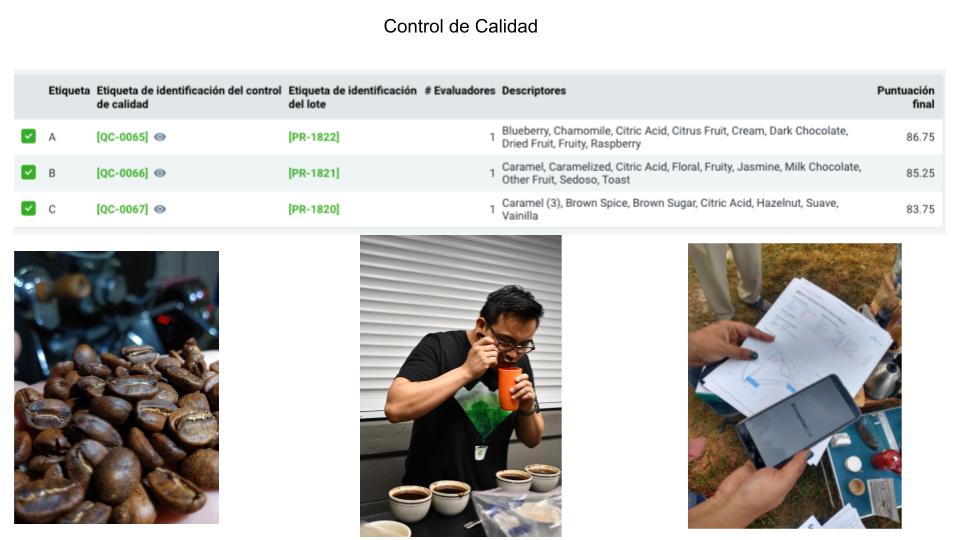
To find out more about what Roberto discussed and the workflows he incorporates with Cropster, visit our YouTube!







